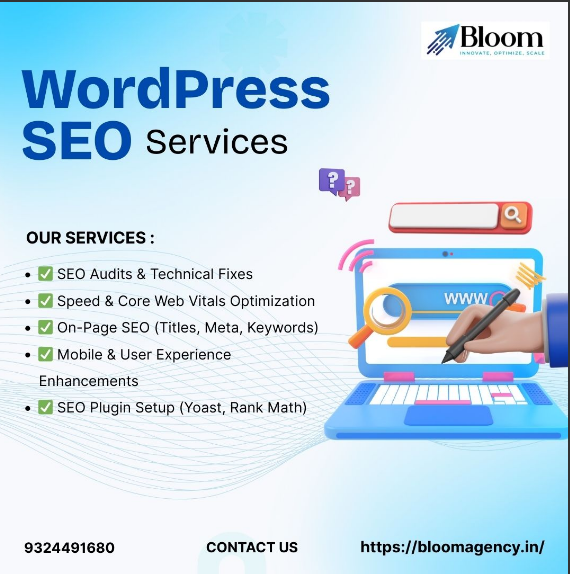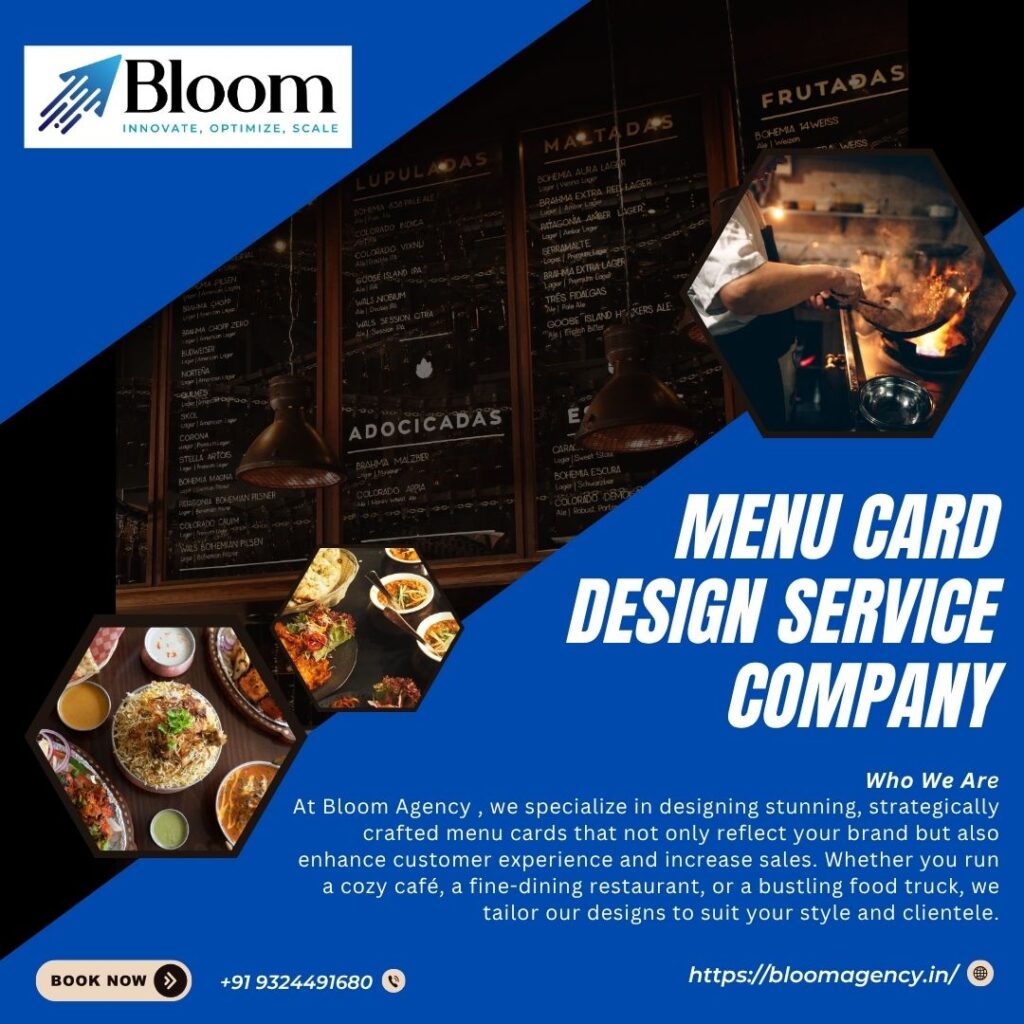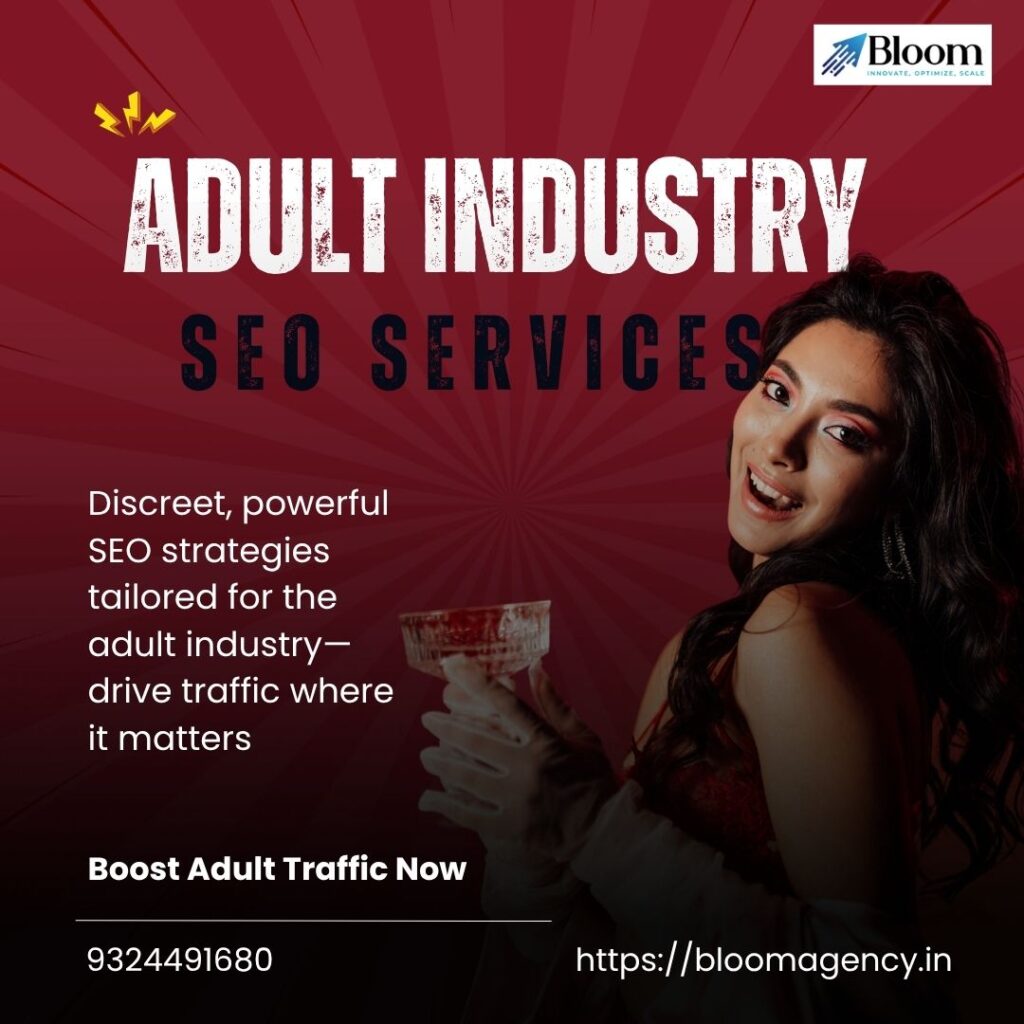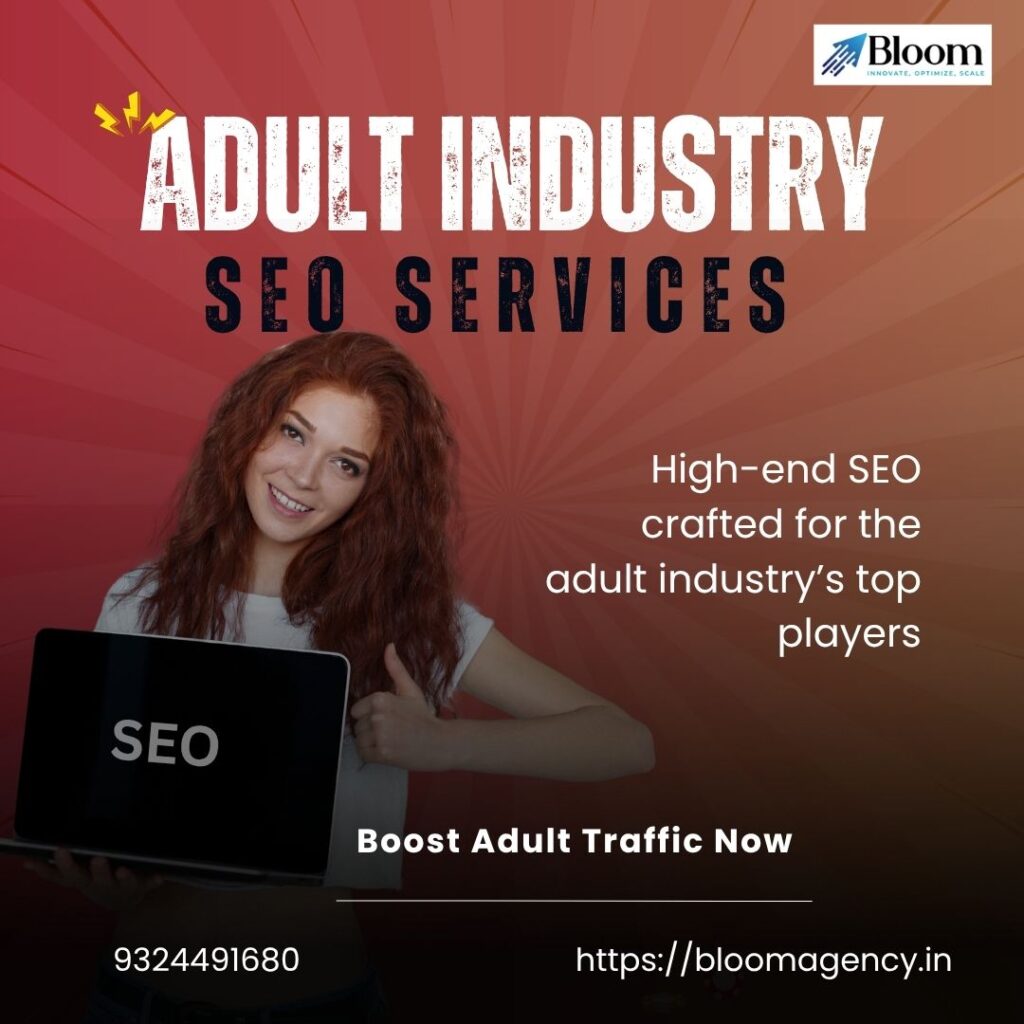2025 E-Commerce SEO Statistics You Need to Know
E-commerce SEO has evolved significantly in 2025, becoming more complex and competitive. With Google’s Search Generative Experience (SGE) making AI-powered search results more common, brands now have to fight harder for visibility. Zero-click searches are also rising, meaning users are getting the answers they need without even clicking through to a website. This has forced e-commerce businesses to rethink how they structure their content to appear in snippets, carousels, and AI-generated summaries. On top of that, the growing role of voice search, mobile-first indexing, and AI-generated content has made traditional SEO tactics less effective if not adapted to modern user behavior.
Understanding the data behind SEO trends helps e-commerce brands make smarter, more strategic decisions. Here are the most relevant stats that define SEO performance in 2025:
- Search is still the top traffic source for online stores.
According to a study done by Shopify which reported that organic search is the primary driver for 33% of the traffic to online retailers and this is a large distance from what email marketing, paid search, or social media do. Also it is that SEO which is a very high performing channel for securing continuous long term traffic which does not depend on advertising budget.
Despite the fact that many consumers use Instagram and TikTok as products’ platforms of choice, the great majority of purchase ready customers turn to Google at the point of buying. SEO is what best answers that intent.
- Greater Viewership More Clicks.
Research reports that which is at the top of Google results gets 27.6% of the clicks, from the second place we see a drop to 15.8% and at third place a steep fall to 10.7%. Anywhere beyond the third position we see a sharp drop.
This is a key element of doing well in the top three positions. For e-commerce that may mean the difference between selling out of a product and having issues with inventory turnover. Put into play content, on page optimization, and backlinks which is what it takes to get up there.
- Mobile First sites rule in Google rankings.
Today we see over 60% of e-commerce traffic is from mobile devices which is why Google has shifted to mobile first indexing that puts mobile friendly sites at the front of the queue for index and rank. Non optimized mobile sites see their rank suffer and also see higher bounce rates.
That which your products’ pages, images, and navigation perform perfectly on smaller screens. Fast load times, easy navigation, and responsive design are key to keeping shoppers engaged and converting.
- Voice search impacts tail keywords.
Voice search is a factor in how companies are developing their SEO strategies which is to say for long tail, conversational keywords. We see that 71% of consumers are using voice assistants for online product research which also is a growing number.
In e-commerce SEO you should go after natural phrases like “what is the best face serum for dry skin” instead of short keywords like “face serum”. We should tailor product pages and blog content to answer these out loud queries in a clear and concise way.
- Google has introduced SGE which improves upon Traditional CTR.
Google has rolled out AI generated content and answers directly on the search engine results pages. From a report which came out of BrightEdge we see that for e-commerce searches which bring up SGE results we have had a 25% drop in click through rates.
To transform, e-commerce brands have to earn a presence in SGE results which they do by putting out structured, factual and engaging content. Also use rich snippets, FAQs, and schema markup to improve chances of appearing in AI generated results.
- Product Structure Increases Clicks and Conversions.
We at large see that those which have implemented structured data especially product schema experience an average increase of 20-30% in click through rates. What we also note is that when we put in schema markup, we see Google do a better job of understanding the content of our pages and in turn present what we see as rich results like star ratings, prices, and stock info.
Through the use of structured data on product and category pages e-commerce businesses may see themselves ranked higher in search results and also present users with more relevant info which in turn may increase the chance of clicks and purchases.
- Image search optimization is a Major Issue.
Visual search is on the rise and we have seen an increase in the importance of image optimization. Optimal images are to do well in Google Images and also to fuel visual search tools like Google Lens. Also report that 62% of Gen Z shoppers use image search for products.
Alt tags, file names, and fast loading high quality visuals are now a part of what e-commerce brands should be doing for best results. This in turn will bring in more traffic and see your products in a new light for users.
- Content which is relevant and of length appropriate to the topic drives rankings.
Long term what we see is that in depth articles outperform brief shallower pages. We see that those with over 1,500 words do very well in very competitive fields. At the same time length is not the only factor content also has to be of value and relevant.
In the online retail space this may include in depth buyer guides, comparison posts, or enhanced product descriptions which better fulfill user intent. Blogs and category pages that provide great shopping advice rank better than large competitors who use basic descriptions.
- Category pages can outperform product pages.
In many e-commerce SERPs it is the well optimized category pages which do better than individual product pages. This is so because category pages put forth wider, more popular keywords and also serve as better in — to which shoppers come in to browse.
Category SEO includes putting in relevant internal links, keyword rich headings, descriptive text, and schema data. Also by updating these pages you improve crawl and freshness for Google.
- AI created content requires human supervision.
While AI is the go to for SEO content what we see from Google’s side is a different story. We still see a great value in human reviewed content. Those which are fully AI created and not edited do not do well at all and we see them get de-indexed after core updates.
In e-commerce platforms, which is what we see today, AI is a tool for content creation but it has to be controlled by human editors to maintain brand voice, factual accuracy and reader value. Google also looks favorably upon content which displays authority and experience.
- High Value Keywords Still Perform Best in Terms of ROI.
When it comes to conversions, high intent keywords which include “buy”, “discount”, “free shipping”, and “best [product] for [use case] do better than generic ones. We see that pages which target these keywords perform better in terms of revenue as opposed to just traffic.
In e-commerce which is what we are talking about here they should put focus on intent based keyword research. It’s beyond just ranking for a wide term you want to be ranked where buyers are in the purchase process.
- Internal Linking Improves Crawl and Rank.
Sites that have strong internal link structures which in turn include product pages, blogs and categories see better crawl rates and improved keyword rankings. Also we see that Google prefers which related content is easy to navigate.
Today what we see is that which is included in present day e commerce SEO strategies is the use of content hubs, product guides, and cross linking between seasonal collections and evergreen product pages. Also we see that for a clean link structure which in turn makes it easy for both users and search bots to find what they are looking for.
13. Page Speed Directly Affects Bounce Rates and SEO
Slow sites still do in customers that haven’t changed. Also we see that a one second delay in page load time is a 7% drop in what they buy. Also Google’s into it with Core Web Vitals which they use for ranking which in turn affects search. For e-commerce we see that image optimization, script minimization and use of CDNs plays a big role. Also fast sites rank better and also have users hooked in and see drop in cart abandonment.
- Video content increases engagement and ranking possibilities.
The use of product videos, tutorials, and explainer content has transformed into a powerful SEO tool. By including video on landing pages, Google can boost conversions by up to 80% and increase time on site for improved rankings.
Short, keyword-focused videos on product or category pages can boost search engine visibility in Google Video results and help keep visitors on your site longer, resulting in a lower bounce rate.
- relevance of bounce rate still signals to the Google
Google doesn’t explicitly state bounce rate as a ranking factor, but high bounce rates can indicate content that is either subpar or low quality. Search engines may be concerned about a bounce rate of more than 70% on significant e-commerce websites. This can be detrimental to search engines’ performance.
The most effective ways to decrease bounce rates are by optimizing content structure, CTAs, and page speed. The process of obtaining exactly what users are looking for can be made easier with the help of landing pages, especially those dedicated to products or collections.
- Informational Questioning Boosts Through Features (Snippets) Drive.
Almost 19% of SERPs now feature a featured snippet, and the CTR generated by these citations is significantly higher. Answer boxes are often taken from FAQ pages, how to guide or descriptive product information.
The creation of content that provides answers to common shopper questions, such as sized guides, use cases and ingredient benefits, is crucial for e-commerce brands to be prioritized in high SERP positions.
- More Important Than Ever: E-E -A-T.
The E-E-A-T ranking is still influenced by Google’s emphasis on Experience, Expertise, Authoritativeness, and Trustworthiness. E-commerce requires the publication of authentic product knowledge, customer insights, and clear information. This is a form of online advertising.
Trust can be established through the inclusion of verified reviews, author bios for blog posts, and a well-designed About page. Showcasing expertise in subject matter is a crucial aspect of SEO for niche stores.
- Long-Tail Queries can be ranked using FAQ Sections.
Well-structured FAQs, when labele primarily with their own headings and schema, help address long-tail queries as well as those answered by voice. Why? Often, these sections are displayed as collapsible results on mobile SERPs and can increase visibility.
By incorporating FAQs on category pages, product listings or blog posts, potential customers can expect clear and concise responses while also improving the chances of capturing featured snippet placements.
- The Hidden SEO Weapon: User Reviews
The likelihood of a page ranking higher is associated with user-generated reviews. Reviews naturally boost keyword density, maintain content freshness, and enhance trust. Additionally, Google’s review-rich results often include star ratings that increase CTR.
Engaging in the creation of detailed reviews with photographs or use cases transforms your product pages into dynamic content that appeals to search engines and customers.
- Personalized Searches Are Enhanced by AI and Machine Learning.
SEO strategy is constantly evolving, and so are search engines. Why?… Machine learning models like MUM are being used by Google to comprehend search intents of significant complexity across various languages and formats.
The key to e-commerce SEO in 2025 is to focus on topics rather than solely on keywords. Search engines can now understand queries more effectively by utilizing content clusters, synonyms and covering multiple user intents on a single page by ecommerce seo agency.












Rahul M.
B2B Service Provider